13 Caribbean Places That Might Not Be Worth The Risk—Plus 2 No-Gos

The Caribbean might look like a postcard dream, but even paradise has its pitfalls. Beyond the turquoise waves and swaying palms, certain islands come with safety concerns that travelers shouldn’t ignore. I’m not here to scare you away—far from it!
But if you’re planning your next beach escape, it’s smart to know where extra caution is needed. Some spots deal with high crime rates, others face frequent natural disasters, and a few wrestle with political unrest that can quickly change the travel landscape. So, where should you think twice before booking?
I’ve put together a list of Caribbean destinations where the risks may outweigh the rewards—at least for now. It’s all about making informed choices, so you can soak up the sun and peace of mind.
1. Haiti: Beautiful But Troubled
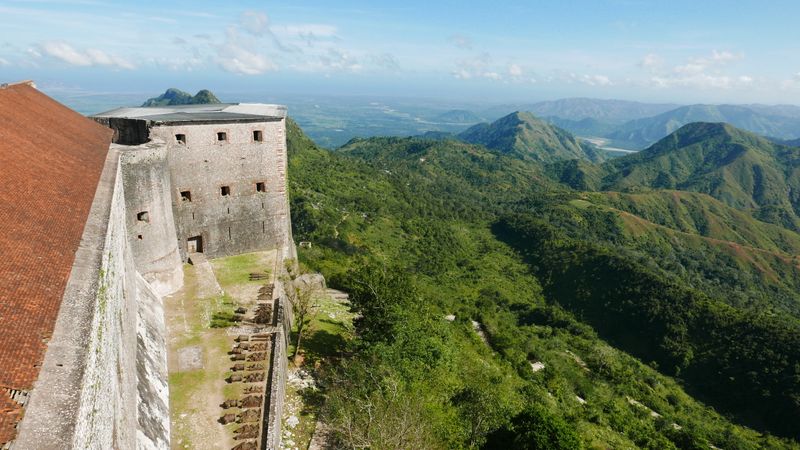
Haiti boasts stunning landscapes and rich cultural heritage, but severe political instability makes general travel inadvisable. Gang violence, kidnappings, and civil unrest have become increasingly common throughout the country.
The U.S. State Department maintains its highest travel advisory level for Haiti, urging citizens to avoid all travel there. Basic services like medical care, police protection, and even food supplies can be unreliable.
If business necessitates visiting, work with trusted local contacts, arrange secure transportation, and stay in well-protected accommodations. Most travelers should consider Haiti’s treasures off-limits until significant security improvements occur.
2. Jamaica’s Danger Zones
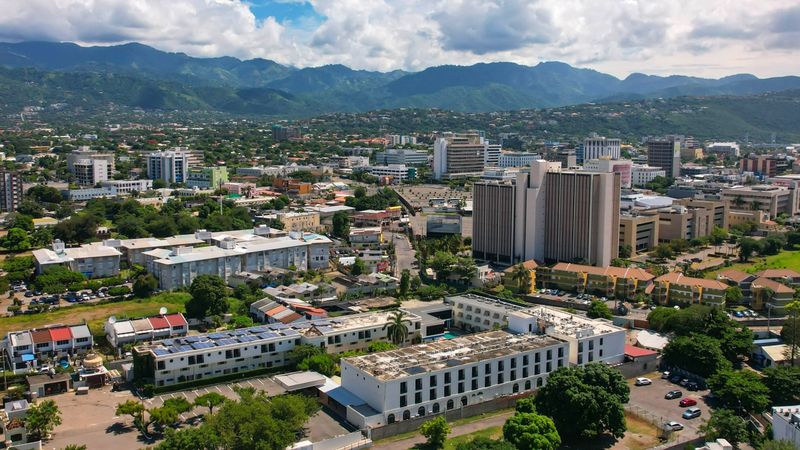
Jamaica’s tourism industry thrives in resort areas like Montego Bay and Negril, but venture beyond these bubbles and the picture changes dramatically. Certain neighborhoods in Kingston and Spanish Town experience high rates of violent crime.
Armed robberies, sexual assaults, and homicides occur with concerning frequency in these areas. Tourists wandering into the wrong neighborhood face genuine dangers, especially after dark. Smart travelers stick to established tourist zones, use reputable transportation, and avoid displaying wealth.
The reggae rhythms and jerk chicken are worth experiencing – just do so within Jamaica’s safer confines where tourism infrastructure provides reasonable protection.
3. Trinidad and Tobago’s Hidden Dangers

The twin-island nation offers vibrant Carnival celebrations and diverse culture, but crime statistics tell a sobering story. Port of Spain, particularly after dark, sees significant violent crime including armed robbery and assault.
Trinidad’s proximity to South America has made it a transit point for drug trafficking, contributing to gang activity in certain areas. Tourists can become targets, especially when displaying obvious wealth or wandering through unfamiliar neighborhoods.
Visitors should exercise heightened awareness, avoid isolated areas, and stay in groups when possible. While many enjoy Trinidad’s cultural riches without incident, the crime rates merit serious consideration before booking your trip.
4. Dominican Republic Resort Concerns

Recent years have seen troubling headlines about tourist deaths and illnesses at some Dominican Republic resorts. While authorities attribute many incidents to natural causes, questions persist about alcohol safety and medical response capabilities at certain properties.
Beyond health concerns, tourist-targeting scams and petty theft occur with uncomfortable frequency. Some all-inclusive resorts have faced scrutiny over security practices and food safety standards. Many travelers continue enjoying the DR without issues, but research specific resorts thoroughly before booking.
Choose established properties with strong safety records, avoid drinking unknown alcohol sources, and maintain vigilance about personal belongings to minimize potential problems during your stay.
5. Nassau’s Nighttime Shadows
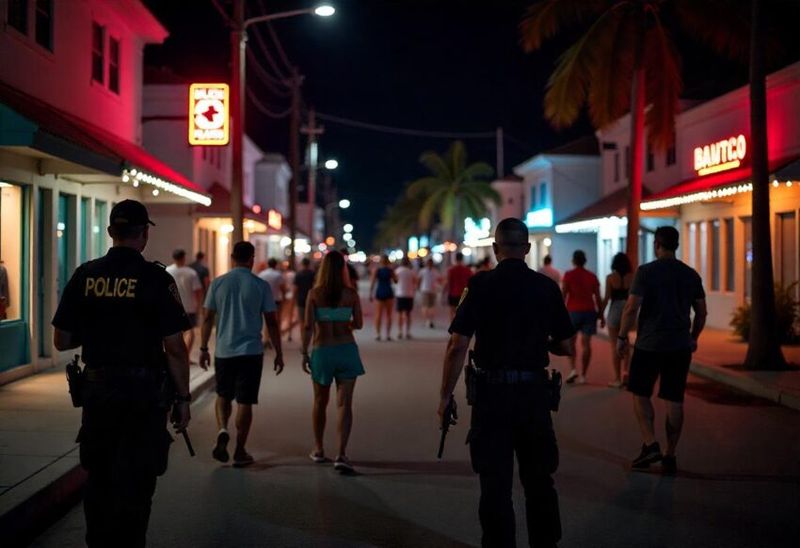
Daytime Nassau showcases colonial charm and cruise ship amenities, but after sunset, parts of the Bahamian capital transform dramatically. Areas like Over-the-Hill experience elevated crime rates including armed robberies targeting tourists.
Visitors wandering beyond the tourist zones of Paradise Island and Cable Beach face increased risk, especially when displaying expensive cameras or jewelry. Even downtown Nassau requires caution after business hours when streets empty and opportunistic criminals emerge. The Bahamas remains largely safe for tourists who exercise common sense.
Stay in well-lit areas, use official taxis rather than unmarked vehicles, and keep valuables secured. Paradise awaits – just be street-smart about when and where you explore.
6. Puerto Rico’s Rough Edges

While much of Puerto Rico offers incredible experiences without significant safety concerns, certain San Juan neighborhoods demand caution.
La Perla, parts of Santurce, and Puerta de Tierra have higher crime rates, particularly after dark. Drug-related violence occasionally spills into tourist areas, though visitors aren’t typically targeted. Petty theft remains the most common crime affecting tourists, especially around crowded attractions and beaches.
Most visitors enjoy Puerto Rico safely by avoiding high-risk areas, not displaying expensive items, and using rideshare services instead of walking through unfamiliar neighborhoods at night. The island’s beauty and culture remain accessible when approached with appropriate awareness.
7. Saint Lucia’s Wilderness Worries
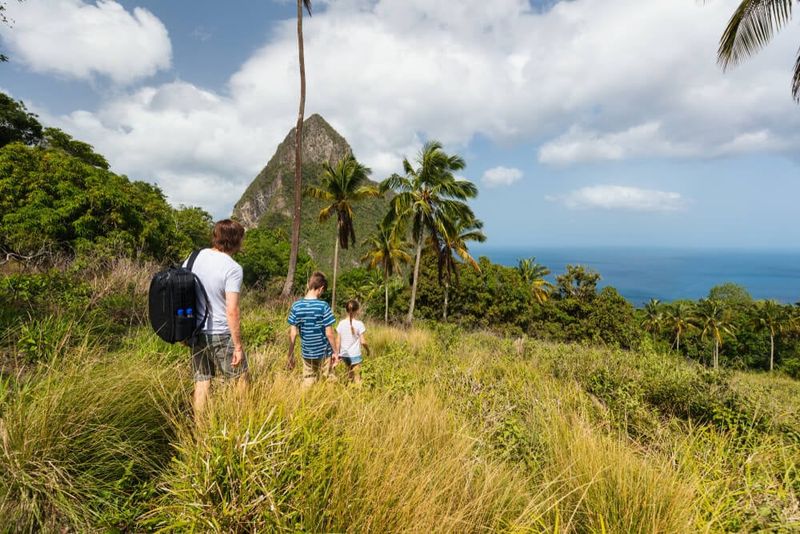
Saint Lucia’s volcanic peaks and lush rainforests create postcard-perfect scenery, but venturing off established paths brings genuine hazards. Remote hiking areas have seen violent crimes against tourists, including robberies and assaults.
Even popular trails like the Gros Piton hike involve risks when attempted without local guides. Isolated beaches outside resort areas have reported occasional criminal incidents, particularly after sunset.
The island remains largely safe for visitors who stick to guided excursions, inform hotel staff of their plans, and avoid isolated areas. Saint Lucia’s natural wonders are best experienced with local expertise rather than solo exploration that might lead to dangerous situations.
8. Saint Vincent’s Security Challenges
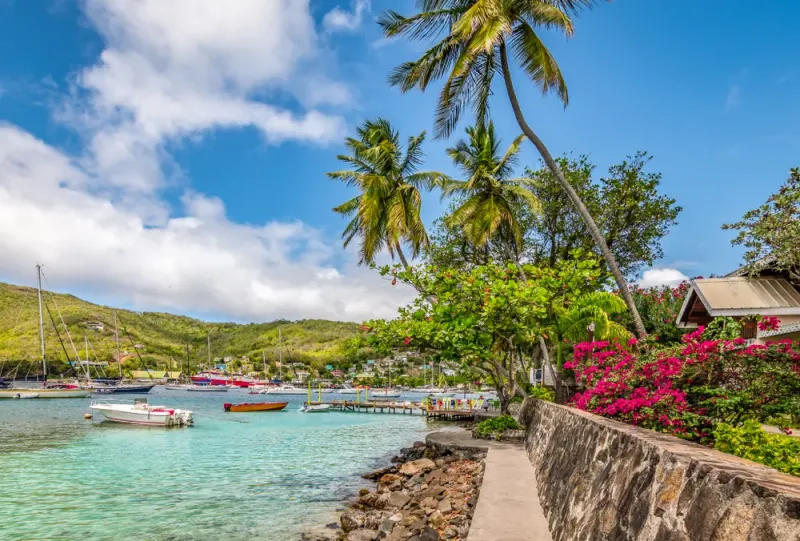
Saint Vincent and the Grenadines offers stunning volcanic landscapes and pristine beaches, but economic challenges have fueled property crime in some areas.
Yacht break-ins around Bequia and Mustique have increased, while mainland Saint Vincent sees occasional tourist-targeting theft. Drug trafficking through the island chain creates additional security concerns, particularly in remote anchorages.
Armed yacht boardings, while rare, have occurred in isolated coves. Travelers can minimize risks by securing valuables, avoiding displays of wealth, and staying in established accommodations with security measures. The Grenadines’ beauty remains accessible, but sailors should maintain vigilance, especially when anchoring in secluded bays overnight.
9. Grenada’s Urban Night Risks
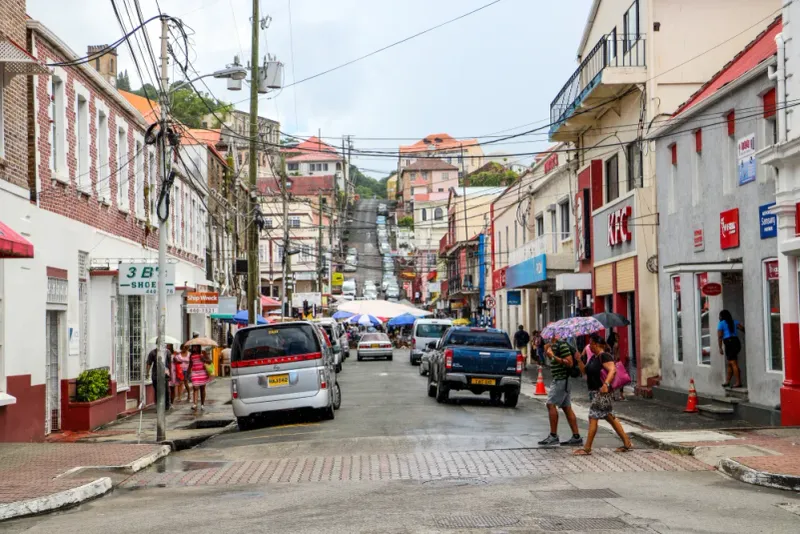
Grenada’s reputation as the “Spice Isle” comes with genuine hospitality, but urban areas after dark require heightened awareness. St. George’s, the capital, experiences occasional muggings and thefts targeting tourists who wander away from well-lit main streets.
Grand Anse Beach, despite its popularity, has seen nighttime incidents when visitors linger after most beachgoers depart. Local transportation can present challenges, with unofficial taxis sometimes involved in scams or worse. Daytime exploration remains largely worry-free throughout Grenada.
For evening activities, stick to organized resort events or well-populated areas, use only licensed taxis, and maintain awareness of surroundings. The island’s charm shines brightest when experienced with appropriate caution.
10. Antigua’s Unexpected Troubles
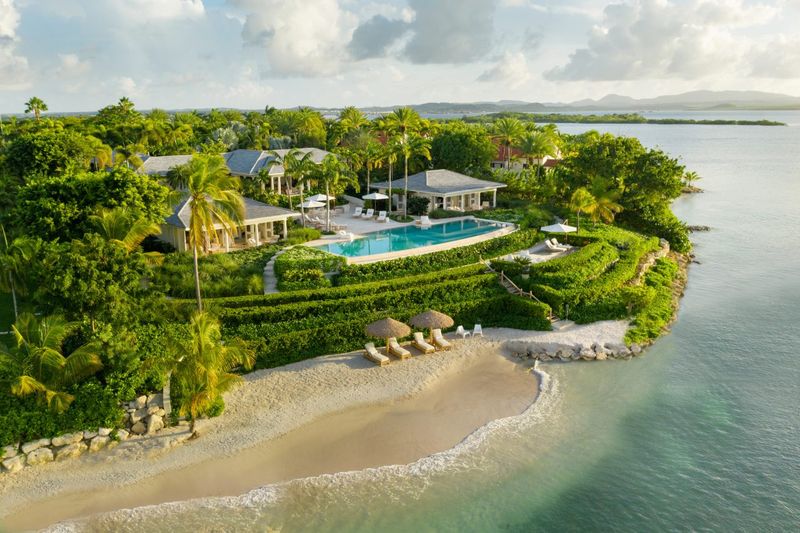
Antigua and Barbuda markets itself as a luxury destination, but property crime has increased in recent years. Villa break-ins affect tourists and expatriates alike, particularly in more isolated properties away from resort complexes.
Beaches outside major hotel areas occasionally see petty theft when items are left unattended. The capital, St. John’s, experiences pickpocketing around the cruise ship terminal and market areas during peak tourist seasons. Most visitors encounter no problems by practicing basic precautions.
Choose accommodations with security features, avoid flashing expensive items, and maintain awareness in crowded areas. Antigua’s 365 beaches remain spectacular when approached with reasonable caution.
11. Barbados’ Secluded Beach Hazards
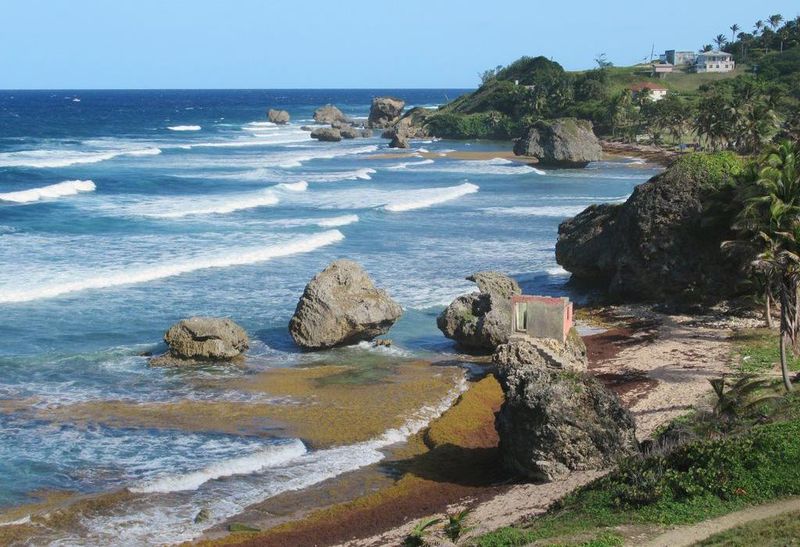
Barbados enjoys a strong safety reputation, but isolated beaches present genuine concerns. Spots like Bathsheba and stretches of the East Coast have powerful currents and limited rescue services, leading to drowning incidents among tourists.
Beyond natural dangers, remote beaches occasionally see property theft when visitors leave belongings unattended while swimming. Some isolated beach areas have reported rare but concerning incidents of harassment or assault, particularly against solo female travelers.
The island remains among the Caribbean’s safer destinations. Stick to beaches with lifeguard services, visit remote areas with companions rather than alone, and maintain awareness of surroundings to enjoy Barbados’ beauty safely.
12. Saint Kitts’ Concerning Corners
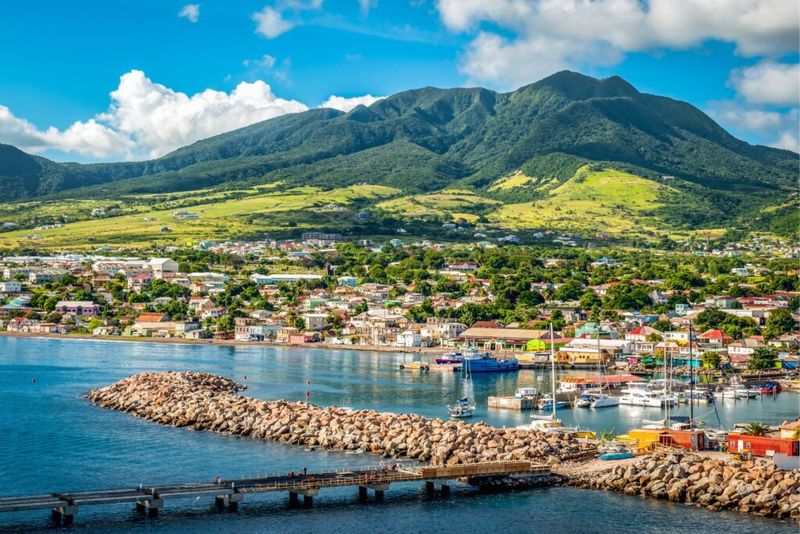
Saint Kitts and Nevis presents a polished image to cruise ship visitors, but areas beyond the tourist bubble merit caution. Certain neighborhoods in Basseterre have seen increasing property crime and occasional violent incidents, particularly after dark.
Beaches outside resort areas occasionally experience theft when items are left unattended. The southeastern peninsula, despite its beauty, has isolated stretches where tourists have reported confrontations and robberies.
Most visitors experience only the islands’ considerable charms. Stay in established accommodations, use reputable tour operators for excursions, and maintain basic awareness to enjoy this dual-island nation safely. The historical sites and beaches remain accessible with appropriate precautions.
13. Aruba’s Overtourism Challenges
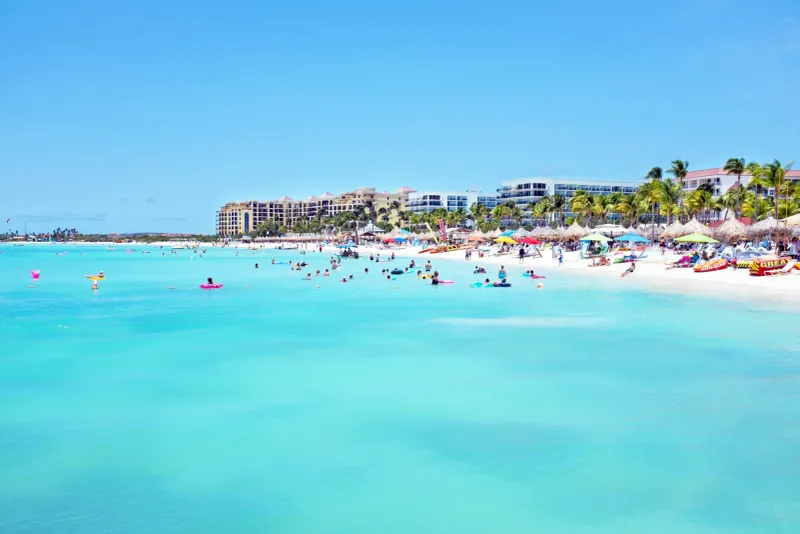
Aruba’s nickname “One Happy Island” faces strain from overtourism impacts that create new risks. Peak season brings overwhelming crowds to Palm Beach and Eagle Beach, resulting in increased petty theft, scams targeting tourists, and occasional confrontations.
Natural areas face degradation from visitor volume, with once-pristine snorkeling sites showing coral damage and reduced marine life. Water quality concerns have emerged at some beaches due to infrastructure struggling to handle peak visitor numbers. Aruba remains safer than many Caribbean destinations regarding violent crime.
However, visitors should consider shoulder season travel, explore less-trafficked areas, and maintain vigilance about belongings in crowded settings to experience the island’s genuine charm without contributing to its challenges.
14. Venezuela: Definite Danger Zone

Venezuela’s Caribbean coastline and offshore islands like Margarita once attracted international tourists, but severe political instability and economic collapse have created genuinely dangerous conditions. Violent crime, including armed robbery, kidnapping, and murder, occurs at alarming rates throughout the country.
Even airport transfers present significant risks, with criminals sometimes posing as taxi drivers or security personnel. Medical facilities have deteriorated dramatically, with shortages of basic supplies and medications. Most foreign governments maintain their highest travel advisories for Venezuela.
The country’s natural beauty remains extraordinary, but current conditions make it a definite no-go destination for tourists until substantial improvements in security and infrastructure occur.
15. Haiti’s Port-au-Prince: Absolute No-Go
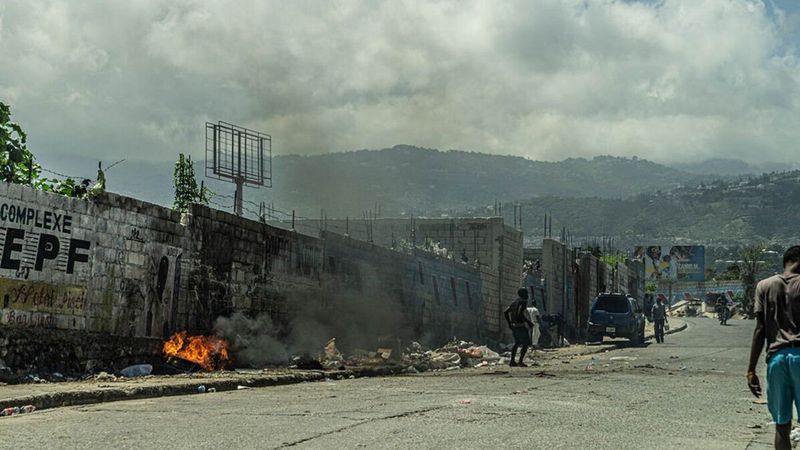
Port-au-Prince faces extraordinary security challenges that place it firmly in the absolute no-go category. Gang violence has reached crisis levels, with armed groups controlling entire neighborhoods and regularly engaging in kidnappings, murders, and street battles.
Basic services have collapsed in many areas, with limited electricity, clean water, or medical care. Political instability compounds these problems, creating unpredictable security situations that can deteriorate rapidly. Even humanitarian workers operate under extreme security protocols in Port-au-Prince.
The city’s historical and cultural treasures remain inaccessible to tourism under current conditions. Travelers should remove Haiti’s capital from consideration until fundamental security improvements occur.
